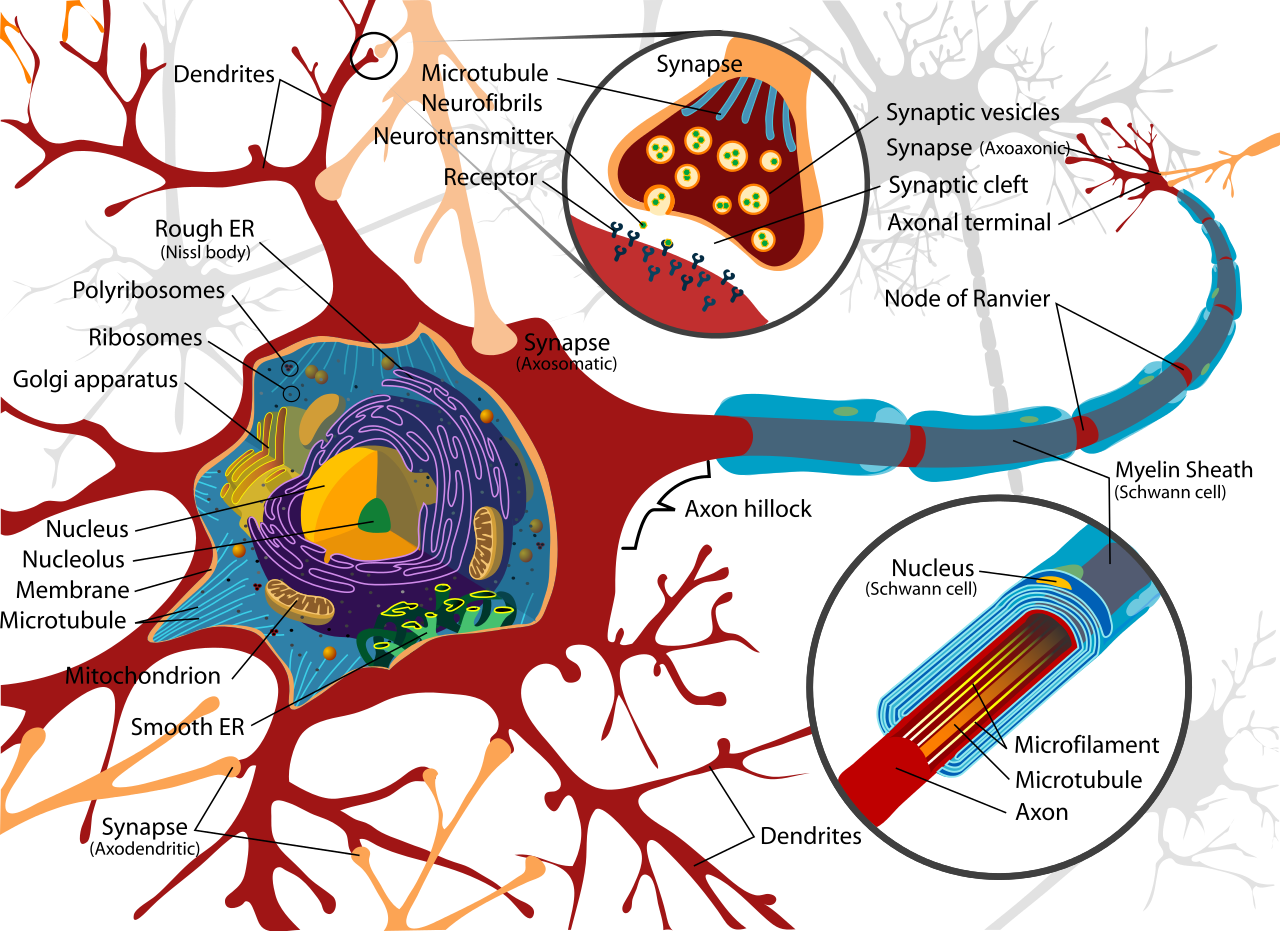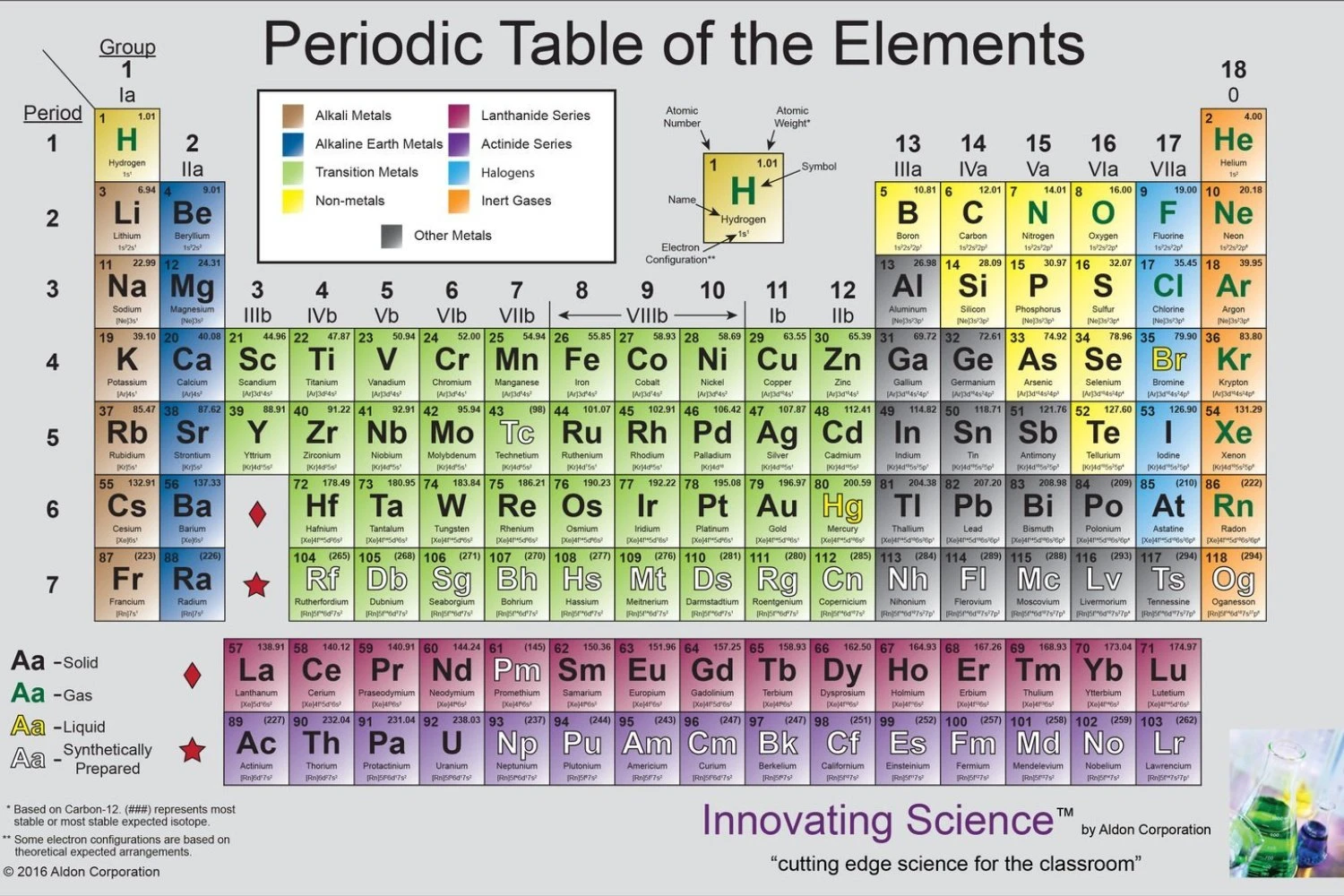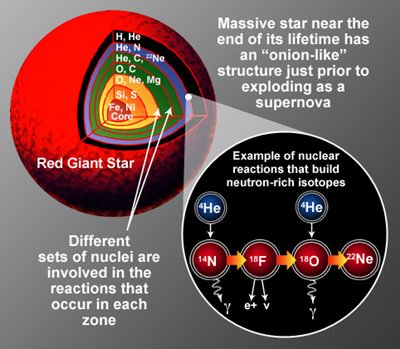
Pirithous, Helen, and Theseus
Pirithous: The ultimate fool's errand
Pirithous, the king of the Lapiths of Thessaly, was arguably the greatest fool in the entire mythological universe. Yes, even more so than Midas. Whereas Midas only made some bad choices on occasion, Pirithous' life seemed to be a sequence of rash acts. Considering the circumstances leading to his conception, Pirithous could perhaps be excused for his reckless conduct. It was said that he was conceived by Dia, a Macadonian maiden, and Zeus who seduced Dia while disguised as a stallion. Dia initially resisted Zeus's advances and so he chased her in wide circles until she dropped from exhaustion. At that point, the child was conceived. He was named "Pirithous," meaning simply "to run around," an obvious reference to the "courtship" preceding his conception. Pirithous quickly matured into a reckless young man who craved adventure. He had heard of Theseus, his contemporary who achieved widespread acclaim for his heroic exploits, principally in Crete where he had defeated the Minotaur and saved the lives of the thirteen other Athenian tributes. Pirithous came to revere Theseus. Alas, one cannot inspire another's admiration without also evoking a bit of their envy. Though Theseus was far and away Pirithous' superior in strength, bravery and intelligence, Pirithous resolved to face him in battle and prevail so as to become an even greater hero. Pirithous stole a few heads of cattle that Theseus had been keeping in Marathon. Pirithous made sure that people witnessed the theft so that they would inform Theseus. As soon as Theseus learned of this crime, he promptly pursued the thief. Pirithous also allowed people to watch him depart so Theseus knew into which direction he fled. When Pirithous saw Theseus bounding inexorably toward him, the former didn't quicken his pace. Instead, he turned around and unsheathed his sword, determined to engage Theseus at the first opportunity. However, when Theseus approached him, Pirithous dropped his sword and grabbed Theseus' hand. "I beg your pardon, my dearest Theseus. Mine was a foolish act. I see you are as great as the legend that has arisen around her. Take back your cattle and select an appropriate punishment. I will submit to it without resistance." Gratified by his contrition, Theseus replied, "I wish for no punishment. My only desire is that we become friends and brothers-in-arms." Pirithous accepted at once, much to his relief and, ultimately, much to Theseus' peril. They embarked on many adventures together. The over eager Pirithous would most certainly have perished in any of them had he not been protected by the more powerful Theseus. One of their greatest adventures occurred at Pirithous' wedding to Hippodamia, daughter of Atrax, founder of the Thessalian city of Atracia. Pirithous had invited many of the Centaurs to the wedding feast. He might have extended this invitation out of courtesy, as these man-horse hybrid creatures were sired by Ixion, a previous king of the Lapiths. With the exception of Chiron, the renowned tutor of the heroes Jason, Perseus and Hercules, all the Centaurs were notoriously lascivious and prone to violence, especially when intoxicated. As intoxication is a common state at wedding feasts, many of the Centaurs became predictably disruptive. One of them, Eurytion, became so drunk he grabbed Hippodamia and attempted to kidnap her. This brazen abduction attempt led to the famous Centaurmachy, in which the Centaurs battled the Lapith soldiers along withTheseus. Theseus slew Eurytion and many of the other Centaurs. After a battle described as the most ferocious prior to the Trojan War, the survivors fled Lapith. It was said that only half of the Centaurs managed to escape with their lives. Soon after the wedding, Hippodamia died giving birth to their only son Polypoetes. (He would become famous for having commanded the Thessalian armies who participated in the Trojan War.) The distraught Pirithous went to Athens to visit his friend Theseus for consolation. Theseus, himself, was a recent widower for his wife Phaedra, sister of the same Ariadne whom Theseus had abandoned after leaving Crete, had recently died. (The details related to her death were so sordid and horrible we'll most likely revisit her at a later date.) As both men were sans spouses, they each decided to abduct new wives and would assist the other in the abductions. Theseus resolved to kidnap Helen, the young girl who would become the famous Helen of Troy. It is thought that Theseus had heard the prophecy stating that Helen's abduction would precipitate the greatest war the world had ever known. Being desirous of fame, Theseus believed that by kidnapping Helen he would start that war and would remain well known thereafter. (It turns out that the Trojan War would be caused by a later abduction.) Theseus and Pirithous captured Helen and brought her to Theseus' mother Aethra in Aphidne. Pirithous then had the mad idea of kidnapping Persephone, wife of Hades, god of the Underworld. As Pirithous had aided Theseus in capturing Helen, Theseus felt honor-bound to help Pirithous. Both of them ventured into the Underworld. Before they even encountered Cerberus, the three-headed hound guarding the entrance, they saw Hades. He appeared outside the gates and greeted both of them with uncharacteristic warmth and congeniality. "Come dine with me," Hades invited them. Realizing that as guests they would have ready access to Persephone, both men accepted. As soon as they sat down at Hades' table, however, they forgot all about their plan to steal Persephone. In fact, they forgot absolutely everything they ever knew, even their identities. Hades, who knew in advance of their ignoble quest, tricked them both into sitting on chairs of forgetfulness. Anybody who sat on such a chair would be rendered insensible, devoid of any memory or knowledge of self. On those chairs they both remained. However, when Hercules descended into the underworld in order to capture Cerberus -and thus fulfill his final labor-he pulled Theseus out of the chair. He tried to release Pirithous, as well, but to no avail. While Hades allowed Hercules to liberate Theseus, he continued to hold Pirithous fast for he was the one who had entertained the foolish idea of kidnapping a god's wife. Pirithous remains there still, wholly unaware of anything. It was also said that Theseus had sat in that chair for so long that when Hercules pulled him up, part of Theseus' backside stuck to the seat. Consequently Theseus was given the nickname "hypolispos," meaning "backside made smooth." One could regard Theseus' humiliation a condign punishment for assisting the mythological world's greatest fool on the greatest of all foolish errands.
70 Falmouth Street Portland, Maine 04103
43.6667° N 70.2667° W
Altitude: 10 feet below sea level
Founded January 1970
Julian Date: 2459018.16
2019-2020: CLXV
THE DAILY ASTRONOMER
Wednesday, June 17, 2020
Wednesday, June 17, 2020
Remote Planetarium 52: Nucleosynthesis I
You have been inside a star. By this remarkable statement we mean that the myriad particles comprising your body were forged in ultra-hot stellar cores billions of years ago. (Likely many, if not millions of stars). These particles were then dispersed through space before becoming incorporated into a cold gaseous nebula. This nebula collapsed as a result of these impacts to form many stars, including the Sun. Some of the extraneous material around the Sun coalesced to form planets, moons, and innumerable other objects such as comets and asteroids. About 600 million years after the third planet formed the first traces of primordial life appeared along its crust. This life evolved over the next few billions of years to create human beings, one of the most magnificently constructed, intensely alive, dazzlingly intelligent creatures who have ever emerged from the burbling soup. Even though on a geological time scale we humans arrived five minutes ago and are just now washing our hands before dinner, the elements that make us up have been loitering around the cosmos literally for billions of years. And, most miraculously, the physical processes involved in such macroscopic events as star formation and microscopic processes such as cellular mitosis conspired to transform this:

into these:


Life is beyond belief. Today and tomorrow we'll be discussing the processes involved in transforming the lightest elements into the heavier elements necessary for the development of life. We'll begin with an overview of the elements.

Every material object in our world, from a simple water droplet to a complex circuit board consists of some combination of elements, all of which appear in the Periodic Table above. Hydrogen (H) and Helium (He) are the simplest of them all. The proton number in an atom's nucleus determines the element. For instance, any atom with 6 protons is carbon. However, some carbon nuclei contain six neutrons (Carbon-12), fewer have seven (Carbon-13) and still fewer have eight (Carbon-14.). These carbon varieties are all known as isotopes of carbon.* However, no matter the neutron number, if the nucleus contains six protons, that nucleus is carbon.
When the Universe started, only the simplest element hydrogen existed. In today's world, more than 13.8 billion years later, elements abound, albeit in minuscule quantities relative to hydrogen. The Universe managed to manufacture more than 90 others. (The heaviest elements on the table, such as Einstenium '99' and Fermium '100' were created artificially.)
How did the cosmos make all the other elements?
This question has more than one answer.
Astrophysicists recognize these major nucleosynthesis "mechanisms" responsible for the generation of all the naturally occurring elements:
- Big Bang Nucleosynthesis
- Stellar Nucleosynthesis
- Explosive Nucleosynthesis
- Neutron Star Collision
- Black Hole Accretion Disk Nucleosynthesis
- Cosmic Ray Spallation
BIG BANG NUCLEOSYNTHESIS
The first phase of nucleosynthesis began almost straight away: between 10 - 20 seconds after the Big Bang, the primordial event believed to have given rise to the Universe. The temperatures were sufficiently high to allow for the formation of helium-3, helium-4, the hydrogen isotope of deuterium, and lithium-7. This nucleosynthesis phase was rapid and so didn't allow for the generation of any elements heavier than lithium. After the conclusion of this phase, hydrogen still remained the dominant element, followed by helium-4, which then accounted by mass for about 25% of the material in the cosmos. It should be mentioned that trace amounts of radioisotopes of beryllium and tritium (hydrogen 3) were also produced during this phase. These isotopes then decayed to produce the helium-3 and lithium-7.
STELLAR NUCLEOSYNTHESIS
At this moment, the Sun is fusing hydrogen into helium and in the process generating energy. All stars along the main sequence are undergoing the same hydrogen-to-helium core fusion reactions. Eventually, the Sun will exhaust its core hydrogen reserves and will begin to fuse helium to form carbon. For the Sun and stars of similar mass, no further fusion reactions are possible. Such stars lack the mass necessary to produce the pressures and temperatures necessary for higher stages of fusion.
More massive stars can generate the requisite heat energy to produce heavier elements up to iron. Describing all these processes would require much more time than we're allotted. However, we can follow one series of fusion reactions required to produce many of the elements with an even number of protons.

These fusion sequences involve helium that combines with increasingly more massive elements to create even heavier ones.
- Oxygen: the fusion of helium with carbon
- Neon: the fusion of helium with oxygen
- Magnesium: the fusion of helium with neon
- Silicon: the fusion of helium with magnesium
- Sulfur: the fusion of helium with silicon
- Argon: the fusion of helium with sulfur
- Calcium: the fusion of helium with argon
- Titanium: the fusion of helium with calcium
- Chromium: the fusion of helium with titanium
- Iron: the fusion of helium with chromium
We can see that a highly massive star consists of a series of "fusion shells" all centered on the core. These fusion zones continue to produce elements different from those generated in its central region.
*Scientists recognize 15 carbon isotopes. Only two of them, C-12 and C-13, are stable. Carbon-14 is the most durable of the radioisotopes.
__________________________________
Correction to yesterday's article:
I wrote: Location: one won't find globular clusters roaming through the spiral arms. Instead, they lurk within the halo, a spherical region surrounding the halo.
I meant to write: one won't find globular clusters roaming through the spiral arms. Instead, they lurk within the halo, a spherical region surrounding the galactic nucleus. -Thanks to subscriber BR for bringing this matter to my attention.
________________________________________
To subscribe or unsubscribe from the Daily Astronomer: